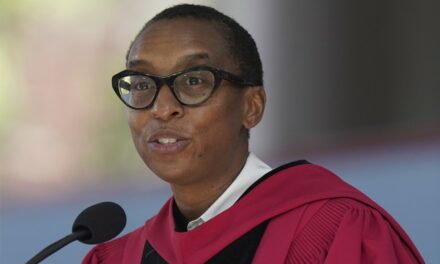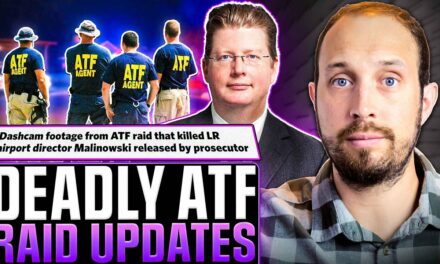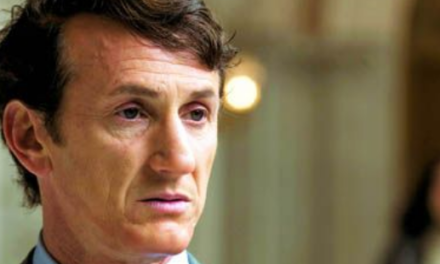We support our Publishers and Content Creators. You can view this story on their website by CLICKING HERE.

Last Month, San Francisco’s school district lost control over its own budget. The decision came after the state became concerned that the district did not seem to be making much progress on dealing with its own budget problems.
Advertisement
Late last week, two fiscal experts — appointed a few years ago to give guidance to the district — were authorized to suspend or reverse financial decisions made by the superintendent or school board. It’s an extreme action the state superintendent of public instruction can take when a district is in a “distressed financial condition.”…
The school board spent Tuesday night reviewing the new reality, with state advisers and other fiscal experts detailing the stark financial situation and what it will take to dig out of the hole. They urged district leaders to enact an immediate hiring freeze, which Wayne agreed to enforce. State officials, who met with Wayne last week, acknowledged the district has been cooperative and is responding to requests more quickly…
This moment has arguably been a long time coming. The district has been overspending for years, failing to adjust for declining enrollment and relying on a flush state budget, savings and pandemic recovery funds to make ends meet.
Those bills are coming due, and an anemic state budget is making matters worse.
Simply put, the district spends more money than it brings in and could be broke within two years unless significant changes are made now.
An audit by state fiscal monitors released last week revealed that SFUSD will need to lay off more than 300 employees by the end of the month and move forward with closing schools to avoid bankruptcy, all as the district projects a $420 million deficit next year.
The audit said SFUSD’s bankruptcy risk is high. The California Department of Education revised SFUSD’s March budget report to “negative” last week, stating that the school district will be unable to meet its financial obligations…
Advertisement
Michael Fine, CEO of the state education department’s Fiscal Crisis Team tried to put a positive spin on things but his bottom line was blunt.
“The yellow light is now red,” he told commissioners. “You will not meet your financial obligations without major changes next year. And you don’t want to be in that position.”
The real solution for this problem has to involve closing some of the district’s underenrolled schools. This is something the district has been avoiding doing for years, largely thanks to the teacher’s union.
San Francisco has 4,000 fewer students than it did a decade ago and projects it will lose another 4,600 by 2032. In those same projections, the district leadership noted that nearly all schools in all grades had unfilled seats.
And yet, despite the enrollment declines, the district has not closed schools, and the city’s teachers union has pushed for that moratorium to continue. But by delaying those hard decisions, the district has spread itself thin, because it’s harder to provide a full range of services at severely underenrolled schools.
Speaking of the SF teacher’s union, they threatened to strike last year unless they got raises, despite the looming funding crisis. Unfortunately for the district, they won.
Teachers and the school district in San Francisco have avoided a threatened strike following a marathon all-night bargaining session that resulted in a tentative agreement, the teachers’ union and the district announced Friday morning…
The tentative agreement includes a $9,000 salary increase for teachers this school year and an additional 5% raise for the 2024-2025 school year.
Advertisement
All of this adds up to the budget not adding up. The district now has no choice going forward. It will be forced to close schools and possibly lay off staff until it learns to live within its means. Fiscal discipline is just something that doesn’t seem to come easy in San Francisco.

 Conservative
Conservative  Search
Search Trending
Trending Current News
Current News 





